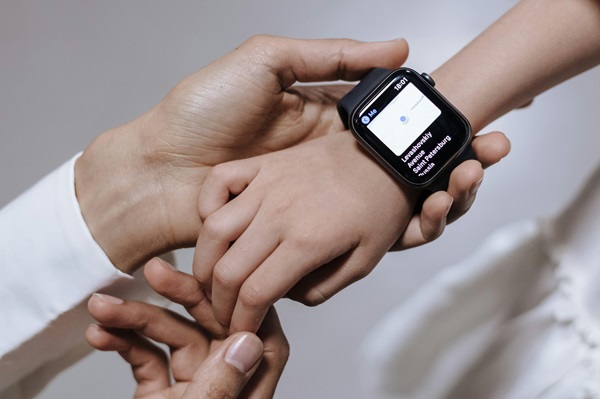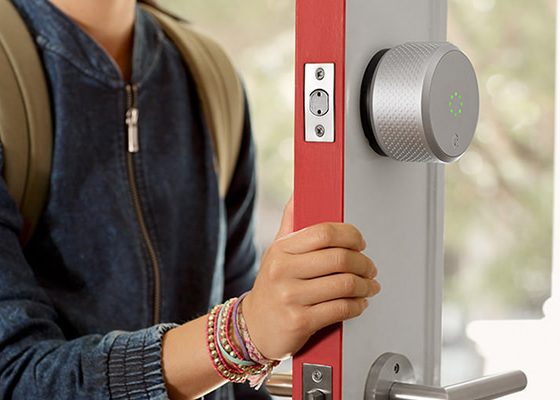In a world where technology is omnipresent, the emergence of kids’ wearables is a testament to the evolving digital landscape. These diminutive devices, tailored to cater to the needs of the younger generation, have ushered in a new era of child interaction with technology, but with it, a multitude of considerations. Here, we delve into the intricate web of kids’ wearable gadgets, deciphering the key elements that require discerning evaluation.

The Rise of Kids’ Wearable Gadgets
Amidst the tech revolution, kids’ wearable gadgets have carved a niche. They represent a burgeoning industry that seeks to cater to the unique needs of children. These miniature marvels are not merely shrunken versions of adult devices; they are carefully crafted to address the specific concerns and requirements of the younger generation.
Benefits and Concerns
While the adoption of kids’ wearable gadgets comes with a treasure trove of benefits, it’s not without its caveats. These miniature gadgets promise to augment child safety, offer educational value, and provide wholesome entertainment. However, they also raise concerns surrounding privacy, screen time, and the durability of such devices.
Age-Appropriate Wearables
One size does not fit all when it comes to kids’ wearable gadgets. The age of the child plays a pivotal role in determining the most suitable device.
Understanding Age-Appropriateness
Understanding the developmental stage of your child is the cornerstone of selecting the right wearable. It’s not just about age but also cognitive and physical development.
Toddlers (Ages 2-4)
For the tiniest tots, simplicity and durability are paramount. Look for wearables designed to withstand the curious handling of toddlers, with intuitive interfaces that don’t overwhelm them.
Young Children (Ages 5-8)
As children grow, their wearables can start to incorporate educational content, basic communication features, and parental controls. It’s about balancing fun with learning.
Tweens (Ages 9-12)
With tweens, you can explore wearables that offer more advanced features. These may include enhanced communication options, fitness tracking, and opportunities for more in-depth educational engagement.

Safety First
In the realm of kids’ wearable gadgets, safety is sacrosanct. There are vital aspects to consider to ensure the well-being of your child.
Child Safety and Privacy
The protection of your child’s personal information is non-negotiable. Prioritize devices with robust security measures and strict privacy safeguards.
Parental Control Features
Opt for wearables with comprehensive parental control features. These allow you to monitor your child’s activities, control screen time, and filter content effectively.
Data Security
Assure the data collected by the wearable remains secure. Explore devices with robust encryption and data storage measures to thwart potential breaches.
Health and Fitness Trackers
Kids’ wearable gadgets also offer an avenue to promote physical well-being and instill healthy habits.
Monitoring Physical Activity
Select wearables that go beyond the basics and monitor physical activity, encouraging your child to stay active and maintain a healthy lifestyle.
Promoting Healthy Habits
Some wearables come with features that serve as friendly reminders for hydration, taking regular breaks, and fostering other health-conscious habits.
Choosing the Right Fitness Tracker
Evaluate the features and compatibility of fitness trackers to ensure they align with your child’s interests and health goals. It’s about finding the right balance between utility and fun.
Educational Wearables
Harnessing the power of technology for educational purposes is a cornerstone of many kids’ wearable gadgets.
Learning Through Play
The integration of learning through play is a potent combination. Seek wearables that engage children through interactive and educational games and activities.
Interactive Learning Devices
Opt for wearables with access to a rich array of educational apps and content tailored to your child’s age and interests. These devices can serve as a valuable supplement to formal education.

Communication and Safety Features
For parents, peace of mind is a top priority. Communication and safety features are paramount.
GPS Tracking
Wearables equipped with GPS tracking functionality allow parents to pinpoint their child’s location, providing an extra layer of safety and security.
SOS and Emergency Calls
In the event of an emergency, devices with SOS buttons can be a lifesaver, enabling swift communication and assistance.
Two-Way Communication
Look for wearables that facilitate two-way communication. This feature not only fosters parent-child connectivity but also ensures that your child can reach out in case of need.
Entertainment and Games
Entertainment is an integral facet of kids’ wearable gadgets, but it should be balanced with other activities.
Fun and Engagement
Wearables offer an array of entertaining elements, including games, music, and videos, which captivate children and keep them engaged.
Kid-Friendly Games
Opt for wearables with games suitable for your child’s age and preferences. The selection of age-appropriate games is pivotal to ensuring their enjoyment and learning.
Screen Time Management
Exercise prudence in managing your child’s screen time. Set clear limits and schedules to maintain a harmonious balance between tech interaction and other activities.
Battery Life and Durability
Battery life and durability are cornerstones of a child’s wearable.
Long-Lasting Battery
Select a wearable with a battery that can endure an entire day of use, reducing the inconvenience of frequent recharging.
Durability and Water Resistance
Children can be quite rough with their gadgets. Ensure that the wearable can withstand the rigors of youthful exuberance and is resistant to water-related mishaps.
Choosing the Right Build
The build quality of the wearable should exude resilience and safety, with no sharp edges or small parts that could pose hazards to your child.
Setting Boundaries
Managing your child’s interaction with a wearable is essential for their balanced development.
Managing Screen Time
Establish daily limits and designated screen-free periods to encourage a healthy balance between tech and real-world activities.
Balancing Tech and Play
Encourage your child to balance tech time with physical play and social interaction. It’s a delicate equilibrium.
Rules and Agreements
Set forth rules and agreements regarding the use of the wearable. Clarity in expectations is crucial to avoid misunderstandings and misuse.
Conclusion
The realm of kids’ wearable gadgets is fascinating, offering both opportunities and challenges for parents and their children.
Finding the Perfect Kids’ Wearable
Thorough research is the compass to finding the ideal kids’ wearable device that resonates with your child’s age, interests, safety, and educational objectives.
Tech’s Role in Child Development
Acknowledge the integral role technology plays in shaping your child’s development and learning. A well-chosen wearable can be an invaluable tool.
Making Informed Choices
Informed choices are the cornerstone of a harmonious tech experience. The evolving landscape of kids’ wearable gadgets provides a canvas for responsible parenting, harnessing the power of technology while nurturing the growth of our future generation.





